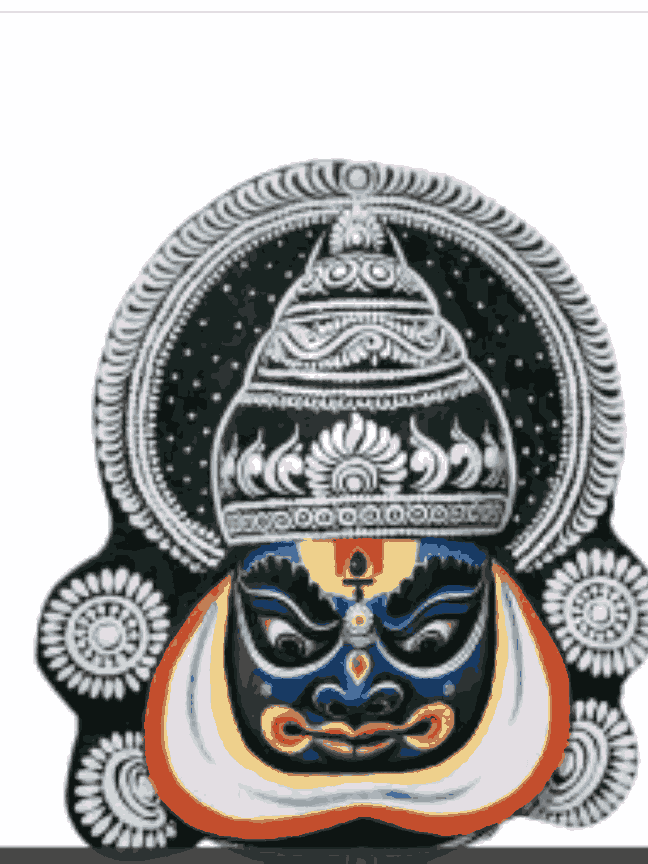Currently Empty: ₹0.00

Handicraft?
Handicraft, also known as ‘folk handicraft‘ refers to arts and crafts, made with hands and hand tools. The material used to make a handicraft is usually sustainable and eco-friendly. These are commonly made by the locals or the village people in their leisure time. Men, women, and children engage themselves in these creative works after their daily household chores are over.
Handicrafts of West Bengal
West Bengal, India is famous for its impeccable art & crafts all over the world. The skills, techniques, and materials used to make handicrafts are extremely unique, durable, beautiful, and fashionable, which creates a great impression globally.
Handicraft items or handicraft products can vary from bamboo to brass handicrafts, to dokra metal craft, to wooden hand-crafted items. Bengal’s expert local artists or artisans are skilled in making more different and unique handcrafted items that nor you have seen before or heard of before. Splendid terracotta, paintings, pottery, embroidery, tapestry, handlooms, fine muslin and silk artistry, cane works, and so on are a few of the examples of handicrafts that originated in the heart of West Bengal. These handicrafts processed in large amounts are known as cottage industries of West Bengal, India. The backbone of the rural economy depends on these handicrafts and the local artists and artisans.
Types of Handicrafts of Bengal
- Artistic leather crafts of Santiniketan
Contemporary art and craft made by the gifted artists of Santiniketan, is the leatherwork. Trendiest, fashionable, and traditional touch are there in the leather products. The products vary from bags, shoes, cushions, moorahs, wallets, jackets, gloves, belts etc.
- Brass & Bell Metal Craft of Midnapore
Midnapore or Medinipur is a historical city that has lots of traditional histories buried in the city. One of the famous handicrafts made by locals of that area is brass and bell metal crafting. Initially, beautiful utensils were made, but gradually with the evolution, bell metal artists nowadays make lampshades, flowervase, idols, etc.
Came from the Latin word ‘terra cocta’, which means ‘baked earth’. This exclusive art mud that is sun-dried and baked in the fire to make various handcrafted terracotta items like jewellery, dolls, utensils, idols and much more.
- Mat making craft of Medinipur
In the summer evenings or afternoon, reed mats are perfect to rest on. They are also known as Madur or Sheetol Pati. They provide coolness from the scorching heat of the sun. These mats are beautifully made using various geometrical designs.
- The wooden craft of Burdwan
One of the major districts of West Bengal is Barddhaman. The region is now divided into Purbo & Paschim Barddhaman. Very famous for its wood carving art. Sonajuri wood or Saal wood is used to carve out tables, chairs, showpieces, idols.
The Sanskrit term of Kantha is referred to as “rags”. The technique is to extract thread strands from the old colourful sarees and making simple yet elegant designs. Using Kantha stitch, various things are made like sarees, kurtas, panjabis, stoles, scarfs, shrugs, jackets, bedsheets, table runners, table covers, handmade diaries, pencil box, footwear, bags & mattress.
- Pattachitra Art of Pingla, Paschim Medinipur
“Pattachitra”, the word originated from two Sanskrit words ‘PATTA’ and ‘CHITRA’, meaning cloth and pictures respectively. Hence, Pattachitra art means a picture painted on a piece of cloth. Patachitra of Bengal is generally mythological, spiritual stories, folks – object and social. Initially, it was called ‘Anasar Patti’. Pattachitra drawings were at the start done on palm leaves, cloth/canvas, and walls however currently chitrakars have conjointly created wall hangings and showpieces.
Role of Handicrafts in the Indian Economy
According to various studies, researches and surveys, it is said that, on an average basis, a foreign tourist spends around 12187/- INR on handicrafts.
A male tourist counterpart spends less and a female tourist counterpart spends more on handicrafts.
If we talk about the profession, tourists, who are business professionals, spend more on handicrafts.
According to the survey of Foreign Tourists’ Expenses on Handicrafts, Ministry of Tourism and Culture & Government of India, in the year 2001, the total expenditure estimated by all foreign tourists on handicrafts is at Rs. 29,851.54 million.
Bengal handicrafts are extremely eco-friendly and sustainable. It covers your traditional look to modern lifestyle needs through contemporary touch. People who love to decorate their homes, office, cars, can always get the solutions from these handicrafts. With these indigenous handicrafts, sold globally, India’s economy gets enriched every year, with a huge amount of growth in GDP. These handcrafted items are mostly made by the tribals and the local villagers or Rural India. They are extremely creative and is trying to keep up with today’s technology and development so that these traditional handicrafts never get extinct.
